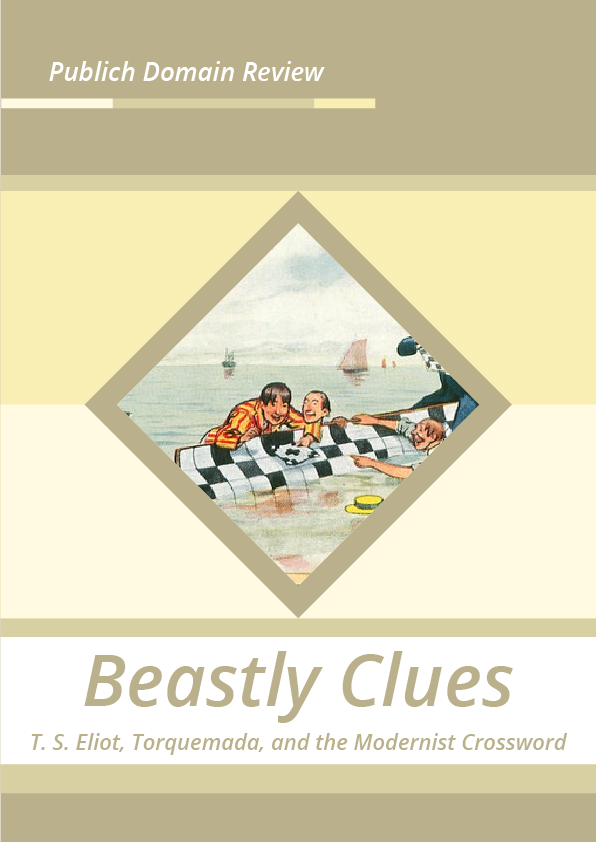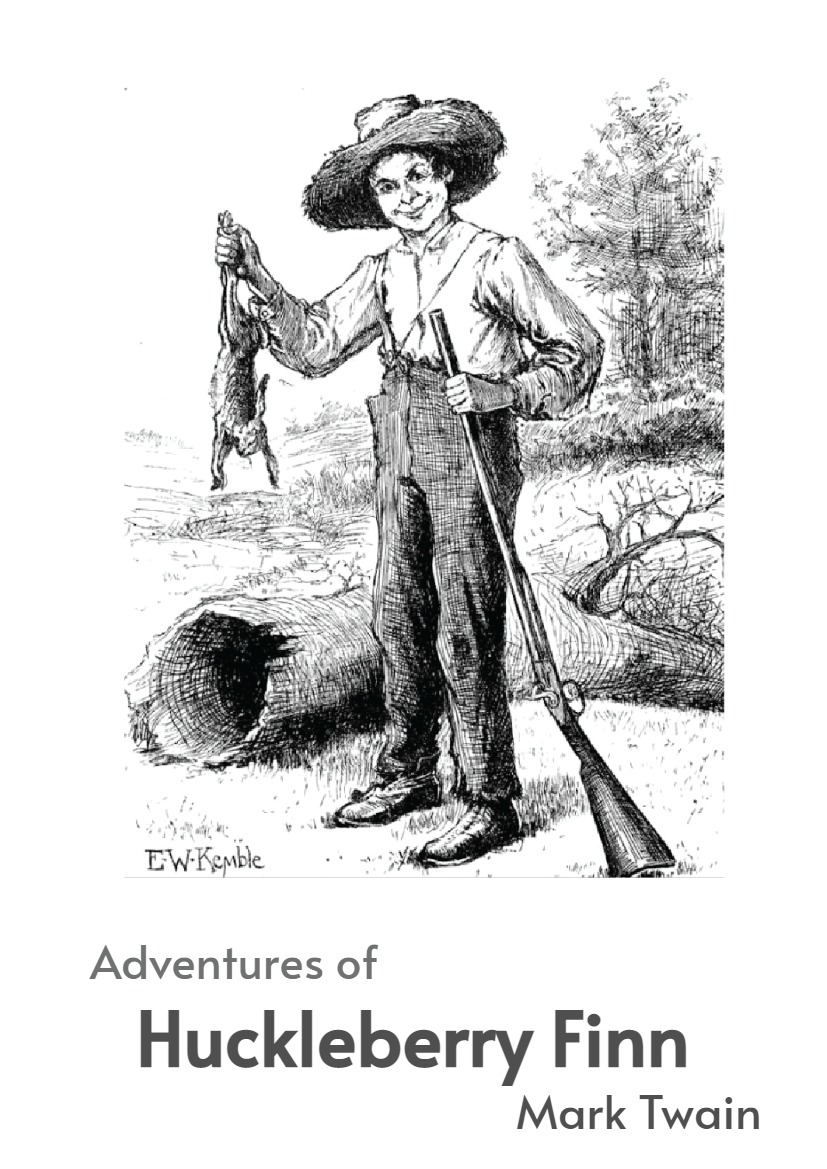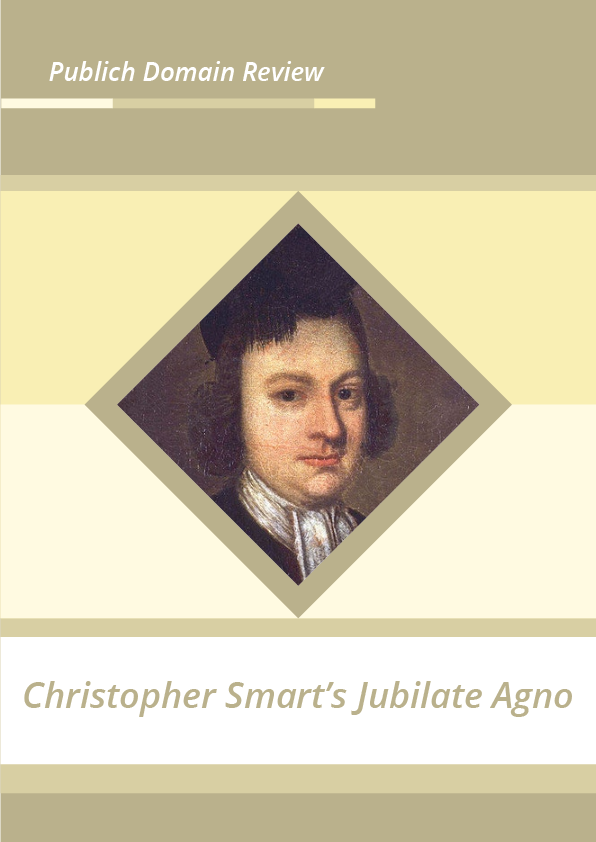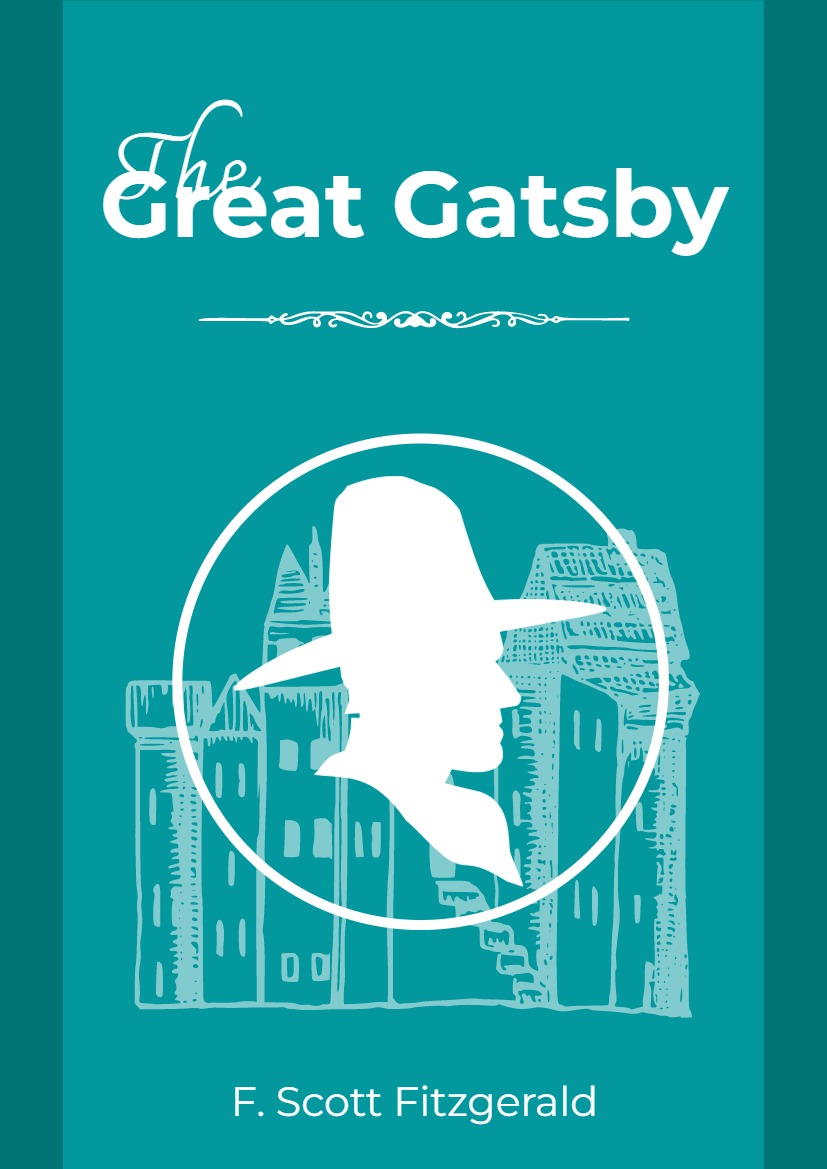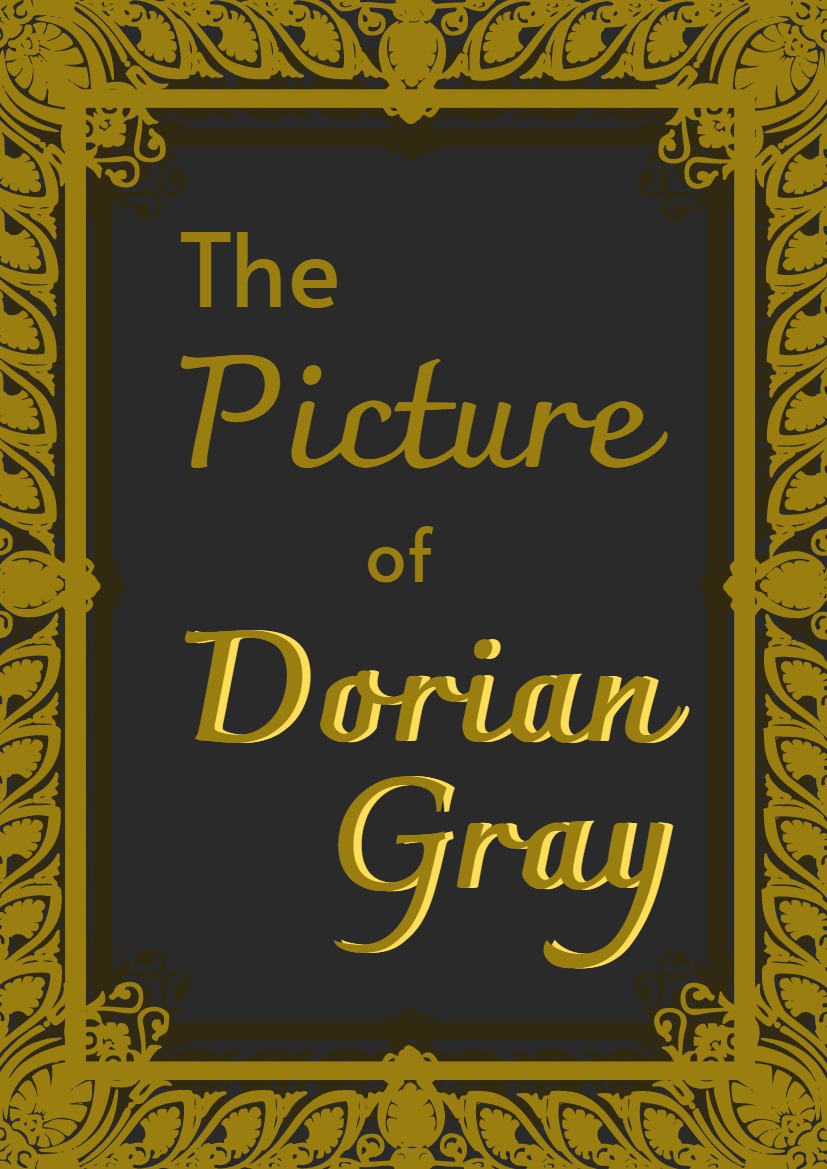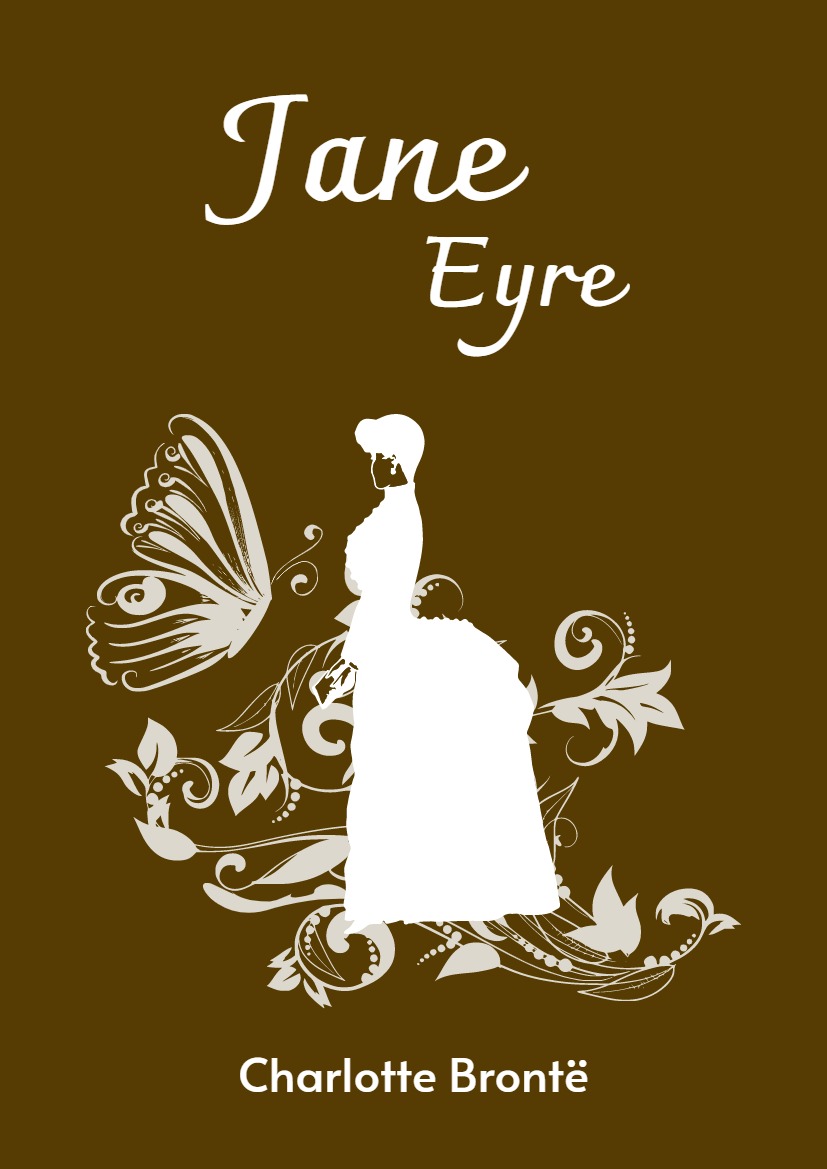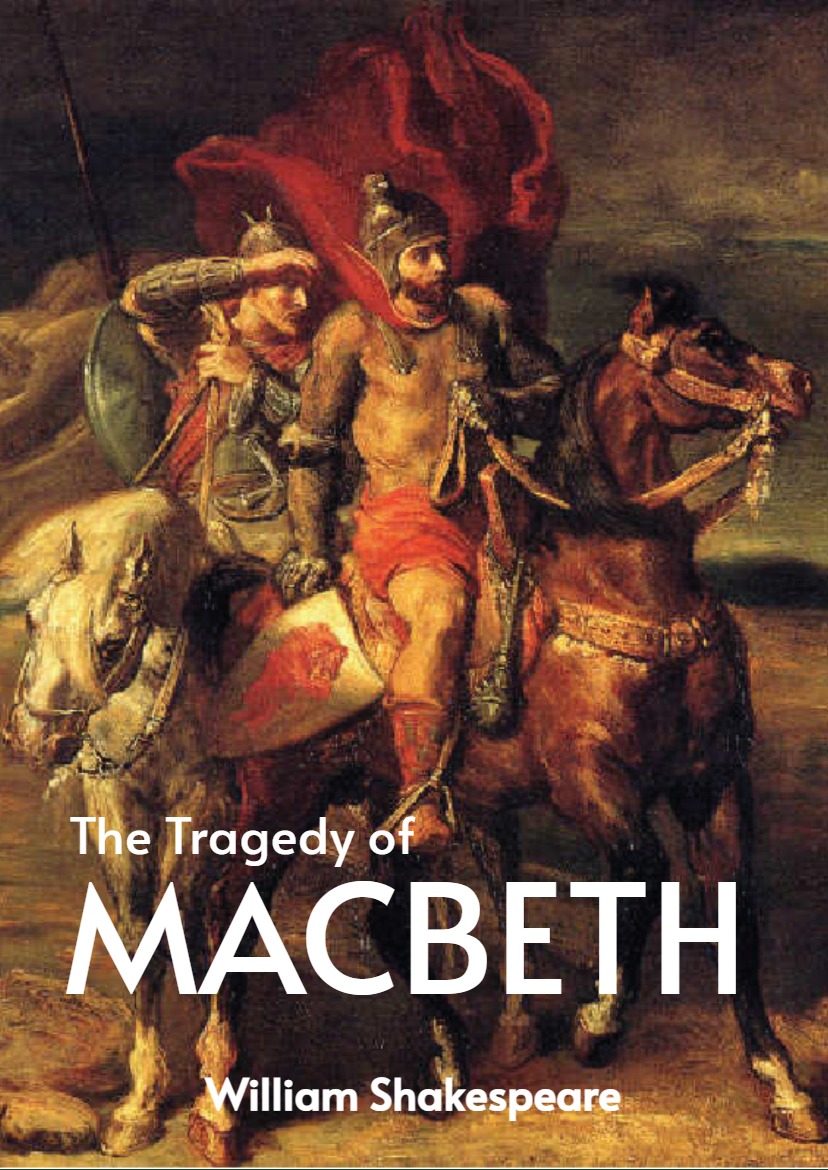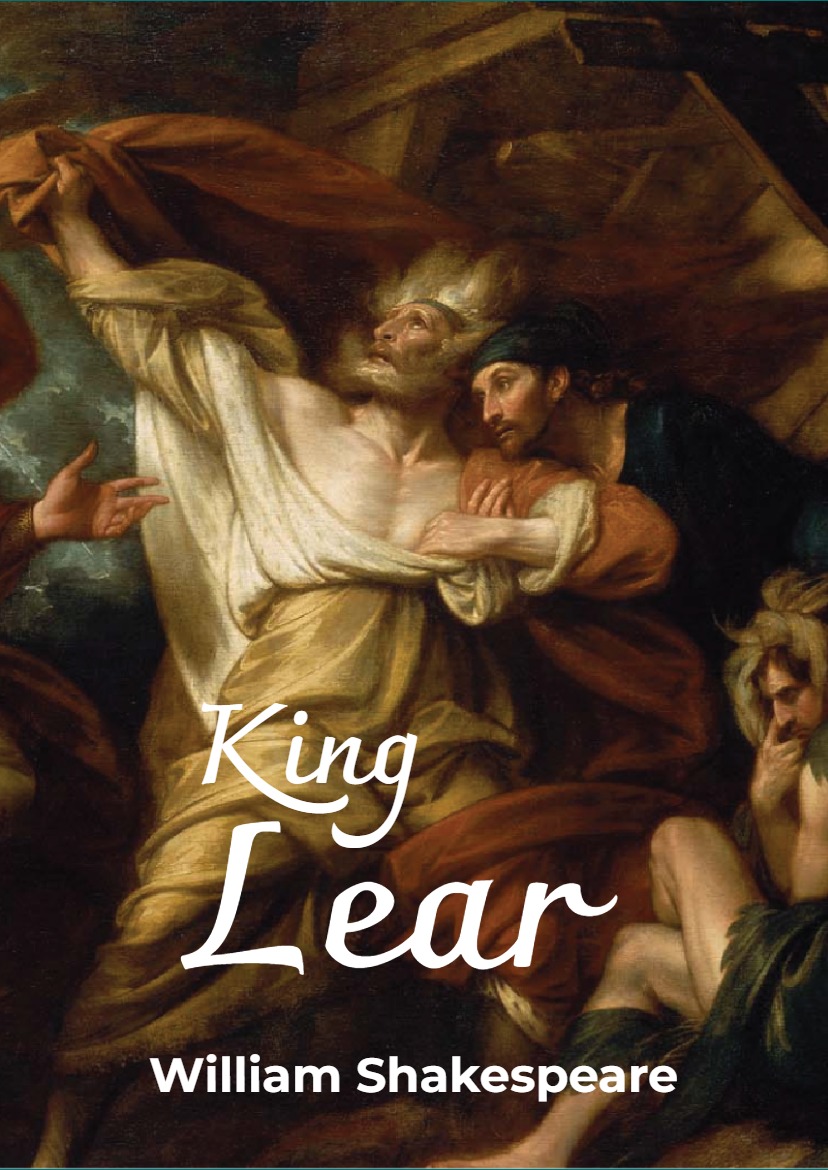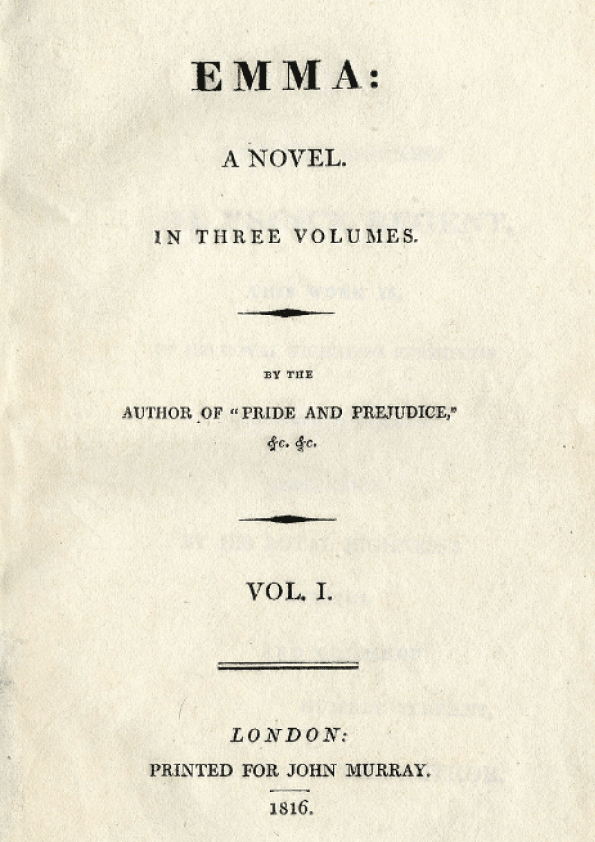Just a few years after The Waste Land appeared — a poem whose difficulty critics compared to some “pompous cross-word puzzle” — Edward Powys Mathers (alias: Torquemada) pioneered the cryptic: a puzzle form that, like modernist poetry, unwove language and rewove it anew. Roddy Howland Jackson reveals the pleasures and imaginative creatures lurking in Torquemada’s lively grids.
London Zoo was having a bad month. On January 4, 1925, the acquisition of a thirteenth ostrich had led to public pressure “to train one of them for police purposes”, a feat supposedly “accomplished some years ago on an ostrich farm in Florida”, reported the Evening Post. A fortnight later, a “fugitive monkey” named George escaped from the zoo, bruising a naturalist’s knee on his way out. To add insult to (genicular) injury, the zoo was under siege by “requests for aid in solving ‘cross-word’ puzzles’”: “What is a word in three letters meaning a female swan? What is a female kangaroo, or a fragile creature in six letters ending in TO?” London Zoo, as one reporter suggested, “has enough to do with the care of its own animals, and cannot act as consultant to the world at large”. The poor zookeepers were at the thin end of a puzzle wedge; fated, as Ernie Bushmiller joked in his popular comic strip, to serve buckets of alphabet soup to animals prized and poached for their phonemes alone.
The “crossword craze” of the 1920s had hit Britain like a “meteorological depression”, and, as was traditional, Americans were to blame. Following the publication of the first crossword in New York World by Arthur Wynne in 1913, the Tamworth Herald lamented the misfortune of a nation where “10,000,000 people have caught the infection of unprofitable trifling”, estimating the loss of productive American labour to crosswords at roughly five million hours per day. In the UK, so much damage had been inflicted by ham-thumbed solvers on the dictionaries of Wimbledon that all such reference works were withdrawn from public access. Thesaurus sales skyrocketed while library use crashed. By the time Vladimir Nabokov published the first Russian krossword in 1924, the Nottingham Evening Post’s “world at large” estimation was quite right: the grid truly had run a girdle around the earth.
Commentators on both sides of the Atlantic were aghast at the forfeiture of intellectual capital to a game that seemingly traded on automatic, transactional thinking. To the New York Times in 1925, crosswords were little more than “a sinful waste in the utterly futile finding of words the letters of which will fit into a prearranged pattern, more or less complex”. (During 2018, the New York Times netted roughly $33 million from crossword products alone). In 1920s London, The Times, likewise, sneered that “everywhere, at any hour of the day, people can be seen quite shamelessly poring over the checkerboard diagrams, cudgelling their brains for a word meaning idler, or whatnot”.
As newspapers were lamenting the labour frittered away on crossword puzzles, they also had cross words to say about another form of cryptic writing and time-consuming interpretation: modernist literature. With London Zoo barely recovered from the alphabetic siege, a journalist for the Aberdeen Press and Journal remarked, in a review published on November 8, 1926 about Gertrude Stein’s “The Fifteenth of November”: “Cross-word puzzles are like eating toffee to this stuff”. Stein’s story, glossed as “a portrait of T. S. Eliot”, reads, through squinted eyes, like someone shuttling over the rows and columns of a weekly crossword’s clues: “In this case a description. Forward and back weekly. In this case absolutely a question in question. Furnished as meaning supplied.” Another humorous critic writing for the Daily Mirror on “Rhymes to Cure the Cold”, that is, on literature as medicine — Longfellow, for instance, gets prescribed to insomniacs — disagrees with the toffee analogy: “Much more modern [medically] and infinitely more powerful in its effects is Gertrude Stein. Up to date disease like cross-word mania can be banished in one dose.”
Whether an analogue to or cure for the crossword frenzy, Stein’s portrait of Eliot failed to inoculate his work from similar diagnoses. In 1939, a poetry critic at the Birmingham Daily Gazette could not decide if Eliot’s masterpiece was cryptically brilliant or merely an overwrought cryptic: “‘The Wasteland’ may be a great poem; on the other hand it may be just a rather pompous cross-word puzzle”. Here again we find a question asked about labour and idleness in this period: are crosswords and difficult poems worth the efforts required to elicit literary pleasure and linguistic revitalisation? Or merely a waste of time?
